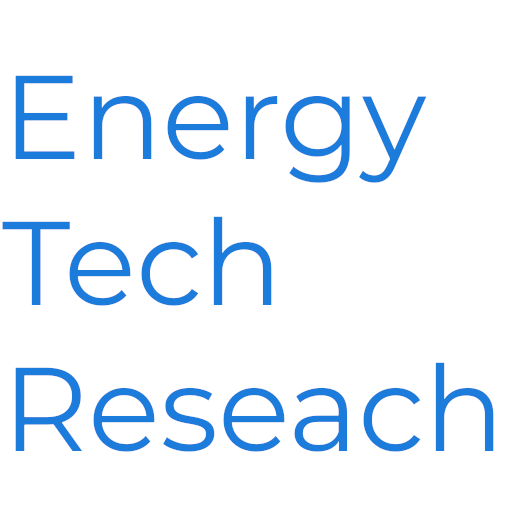
Building Energy-Efficient Data Centers for the AI Revolution
The surge in artificial intelligence (AI) and machine learning (ML) applications is driving unprecedented demand for high-performance computing infrastructure. AI workloads require powerful processors, high-density storage, and efficient cooling systems, pushing traditional data center designs to their limits. To meet this demand while maintaining energy efficiency, organizations must embrace next-generation data center design principles tailored for AI.
Understanding AI’s Impact on Data Centers
Unlike traditional workloads, AI models demand higher computational power, leading to increased power density per rack and greater cooling requirements. High-performance GPUs, TPUs, and AI accelerators operate at significantly higher wattage than conventional CPUs, requiring enhanced infrastructure to support both power delivery and thermal management.
According to the Best Practices Guide for Energy-Efficient Data Center Design, optimizing IT systems, cooling strategies, and power management is crucial to maintaining efficiency in the face of AI-driven growth.
Key Considerations for AI-Optimized Data Centers
1. High-Efficiency Power Distribution
AI data centers must support extreme power densities, often exceeding 50-100 kW per rack. Efficient power distribution minimizes conversion losses and maximizes energy use. Key strategies include:
Direct Current (DC) Power Systems: Reducing AC-to-DC conversion losses improves efficiency.
High-Efficiency UPS Systems: Choosing uninterruptible power supplies (UPS) with >95% efficiency can reduce power wastage.
Advanced Power Usage Effectiveness (PUE) Monitoring: Tracking PUE ensures optimized energy use.
2. Liquid Cooling for AI Servers
Traditional air cooling struggles to dissipate the heat generated by AI workloads. The guide highlights direct liquid cooling (DLC) as a superior solution for AI server farms:
Cold Plate Cooling: Transfers heat directly from processors to liquid cooling loops.
Immersion Cooling: Submerging components in dielectric fluid maximizes heat dissipation and reduces fan energy use.
Higher ASHRAE W-Class Ratings: AI data centers should aim for W40+ cooling, allowing for higher inlet water temperatures and greater heat reuse potential.
3. Smart Airflow and Heat Recovery
Optimized airflow management is essential to prevent overheating in high-density AI racks. Implementing hot aisle/cold aisle containment and raised-floor designs improves cooling efficiency. Additionally, waste heat reuse can further increase sustainability by repurposing excess heat for:
District heating systems
On-site office space heating
Industrial applications
4. AI-Driven Energy Optimization
Leveraging AI for dynamic workload allocation and power management can significantly enhance energy efficiency. AI-enabled data centers can:
Adjust cooling dynamically based on real-time thermal data.
Optimize server utilization to minimize idle energy consumption.
Use predictive analytics to enhance maintenance and reduce downtime.
5. Renewable Energy Integration
AI’s massive energy consumption makes it imperative to integrate renewable energy sources. The guide emphasizes Carbon Usage Effectiveness (CUE) as a key metric, encouraging data centers to:
Utilize on-site solar and wind power.
Participate in grid balancing programs.
Explore green hydrogen and battery storage for backup power.
Conclusion: Designing for AI’s Future
Building AI-ready data centers requires a shift from traditional architectures toward high-density power solutions, advanced cooling strategies, and intelligent energy management. By adopting best practices from the Best Practices Guide for Energy-Efficient Data Center Design, organizations can create scalable, sustainable, and cost-efficient AI infrastructure, ensuring they stay ahead in the evolving digital landscape.
The AI revolution is just beginning. Designing data centers with efficiency at the core will not only support future AI advancements but also align with sustainability goals, reducing the carbon footprint of next-generation computing.